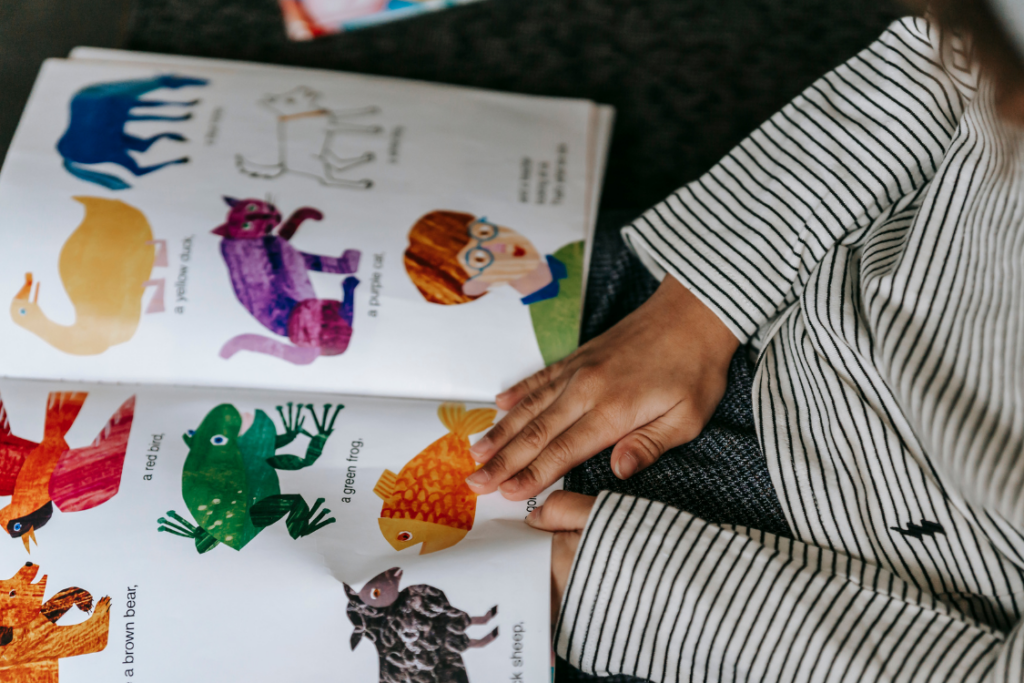Reading Comprehension Strategies: Building on Phonics Foundations
Ever watched your child perfectly sound out every word in a story, only to have them stare blankly when you ask what the story was about? You’re not alone. This…
As an educator, you play a crucial role in children’s literacy development! Effective phonics instruction lays the foundation kids need to become curious, lifelong learners in the classroom and the world beyond.
Whether you’re considering which phonics instruction methods work best or looking for ways to introduce difficult concepts to students, phonics.org is here to support you.

Teaching phonics to young children can be both fun and effective when you incorporate...

The Dog Man series by Dav Pilkey has captured the imagination of young readers...

Just as children progress through stages when learning to walk and talk, they also...

The relationship between reading and writing instruction has undergone a significant transformation in American...

Learning to read and write are two sides of the same coin. While many...

Understanding phonics milestones by age helps parents and educators effectively support children’s literacy development....

Are you passionate about helping children learn to read? Whether you’re a parent who...

Picture this: Your young reader is confidently sounding out words when they encounter “knife”...

When young children learn letter sounds through movement – jumping as they say /j/,...

Tech + nature – sounds like the future, right? In recent years, a new...
Ever watched your child perfectly sound out every word in a story, only to have them stare blankly when you ask what the story was about? You’re not alone. This…
Ever watched a child’s face light up when they finally understand a story that previously seemed like an impossible code to crack? That’s the magic text-to-speech technology can bring to…
Ever watched a child laboriously sound out each letter as they attempt to spell a word on paper? That concentrated look—tongue slightly protruding, pencil gripped tightly—represents an incredible cognitive feat.…
David Shannon’s vibrant picture book “A Bad Case of Stripes,” tells the whimsical story of Camilla Cream, a young girl who cares too much about what others think. Her anxiety…
Teaching sound segmentation doesn’t require expensive materials or formal training—just enthusiasm and consistency! The key is to make these activities part of your daily routine and to keep them playful…
Does learning to read in one language help children learn to read in another? The answer is yes! Research shows that many reading skills can transfer between languages, a process…
Every classroom contains a unique tapestry of learners, each bringing their own strengths, challenges, and experiences to the process of learning to read. As educators, we must ensure that systematic…
Teaching phonics effectively means reaching every student in your classroom, regardless of their reading level or learning style. While research clearly shows that systematic, explicit phonics instruction is essential, the…
If you’ve ever heard someone say, “I’m a visual learner” or “My child learns best by doing,” you’re familiar with the concept of learning style myths. While these ideas are…
As educators, supporting students with dyslexia requires a deep understanding of evidence-based phonics instruction. Research consistently shows that systematic, explicit phonics instruction is not just helpful—it’s essential for dyslexic learners.…